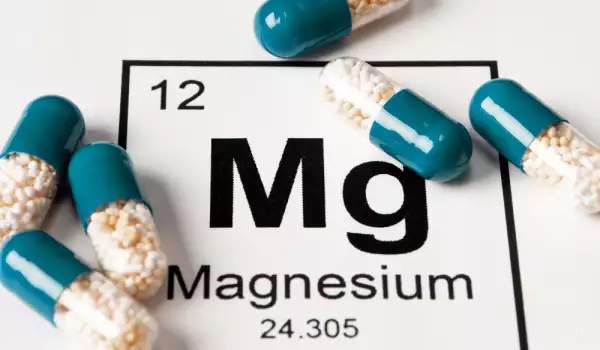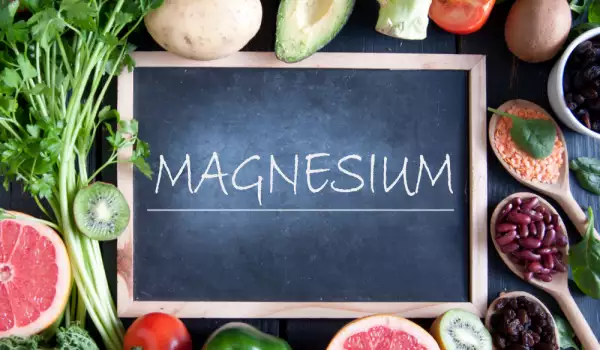Few people have heard of hopamagnesemia. That's what it's called magnesium deficiency in the body. This element is among the most important and has a huge role for a number of processes in the body.
Fatigue is often hastened by the absence of the important element and it is best to recognize it correctly. The key to getting enough magnesium is a healthy lifestyle, which means healthy food and exercise.
Symptoms of magnesium deficiency

Magnesium deficiency can be recognized by several symptoms:
- The brain has a harder time focusing on tasks and it takes more time and effort to solve them than before;
- The nervous system also reacts, irritation and fatigue are clear signs. Sleep also suffers. The quality of the night's rest drops significantly.
- Muscles weaken. Training is accompanied by more frequent injuries and muscle cramps are a daily occurrence;
- The locomotor system as a whole is dependent on magnesium. With a deficiency, any trauma, especially fractures, heal more slowly and with difficulty. The pain becomes stronger with injuries;
- The cardiovascular system suffers and blood pressure rises in response. The heart has difficulty pumping blood, because the cells fail to produce the necessary energy. An arrhythmia occurs.
What are the risk groups at risk of magnesium deficiency

The majority of people who lead a balanced life get the necessary amounts of this element. The risk groups that should be more careful in this regard are:
- Pregnant and lactating women - a large part of the substances taken, go to feed the fetus. Each woman in this situation needs different doses and these are obtained with a rich nutritional diet;
- Active athletes are also at risk. They exercise intensely and need significant amounts of magnesium;
- People, who have a stressful or heavy mental job. This includes those who perform heavy physical labor. Therefore, a more strictly observed diet is needed for all of them to obtain the necessary doses.
Doses of magnesium for different age groups
The required doses of magnesium for different age groups are different.
- For children - between 40 and 140 milligrams per day according to age;
- For young people between 14 and 18 years old - 360 milligrams for girls and 410 milligrams for teenagers;
- For adults - 320 milligrams for women and 420 milligrams for men.
Foods with magnesium

Foods that provide magnesium for the body are:
- green leafy vegetables and herbs;
- nuts such as almonds, cashews, pumpkin seeds;
- fish;
- black beans;
- avocado;
- bananas;
- tofu;
- yoghurt;
- potatoes and rice.




















Comments